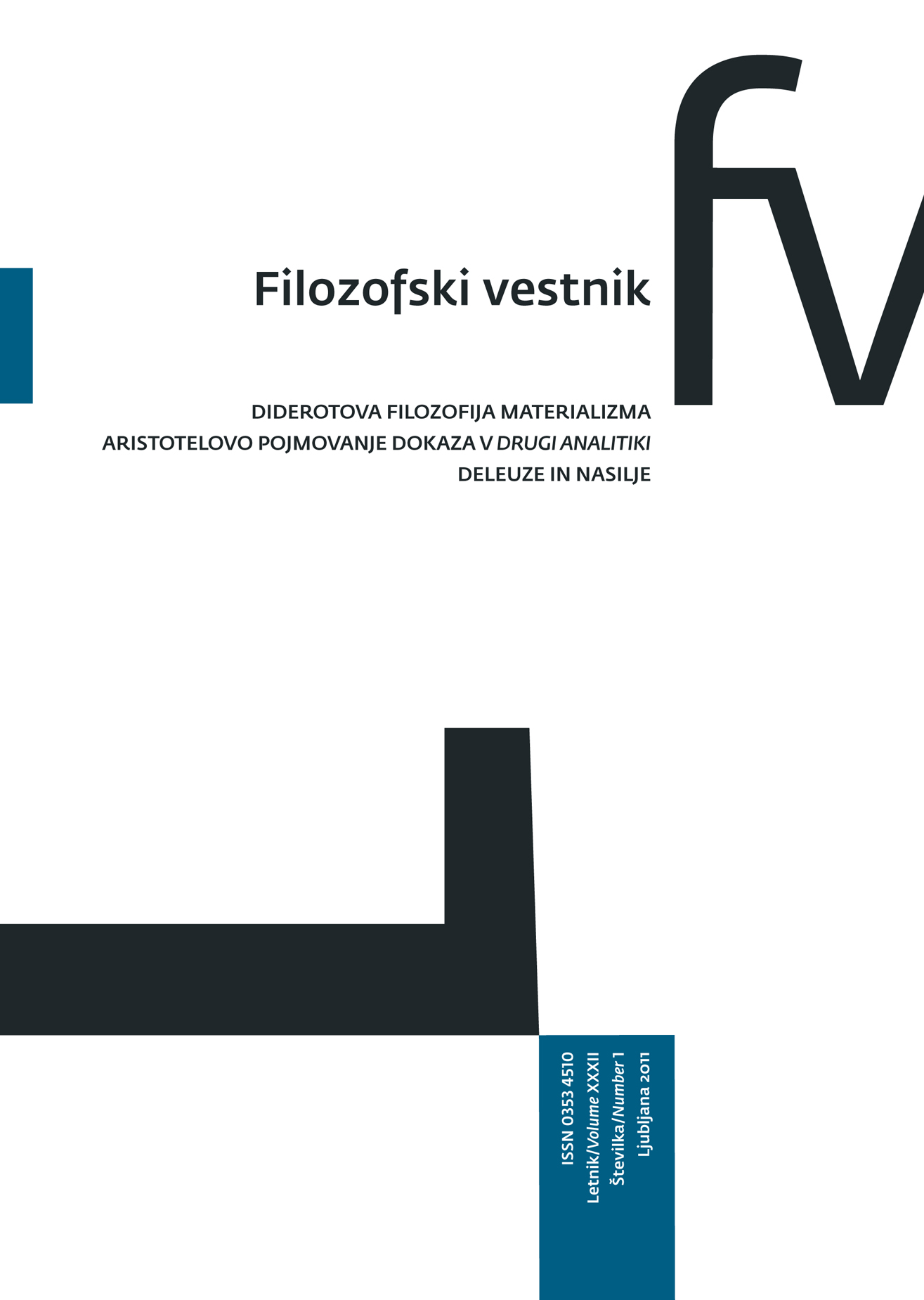Diderot’s Ontology Between Form and Formlessness
Keywords:
Diderot, formlessness, epigenesis, uterine mole, functionalismAbstract
In Diderot’s thought formlessness is an important, yet latent concept. With Diderot, the concept is originally physiological. Formlessness is characteristic of a living mass called “bundle” which is the basis for animal embryonic development. In this development, organs are formed by epigenesis from fibres of the bundle. As organs are differentiated, the indeterminate sensibility of the bundle is differentiated into senses. The differentiated body can only function as a hierarchy in which the transformed original bundle dominates the whole. Ideally one can reduce the formed body to formlessness by simply retracting its fibres. A similar, but actual formless body is the uterine mole, a medical phenomenon described by Diderot. A mole is formed in pregnancy or outside pregnancy. It is irrevocably fixed in its indeterminate form and vegetative sensibility. It is functional neither as an organ nor as an animal. A living mass with no potentiality or function, the mole represents a negation of Diderot’s conception of life.Downloads
Download data is not yet available.
Downloads
Published
2016-02-06
How to Cite
Marek, M. (2016). Diderot’s Ontology Between Form and Formlessness. Filozofski Vestnik, 32(1). Retrieved from https://ojs.zrc-sazu.si/filozofski-vestnik/article/view/4156
Issue
Section
Diderot's Philosophy of Materialism
License
Authors guarantee that the work is their own original creation and does not infringe any statutory or common-law copyright or any proprietary right of any third party. In case of claims by third parties, authors commit their self to defend the interests of the publisher, and shall cover any potential costs.
More in: Submission chapter





